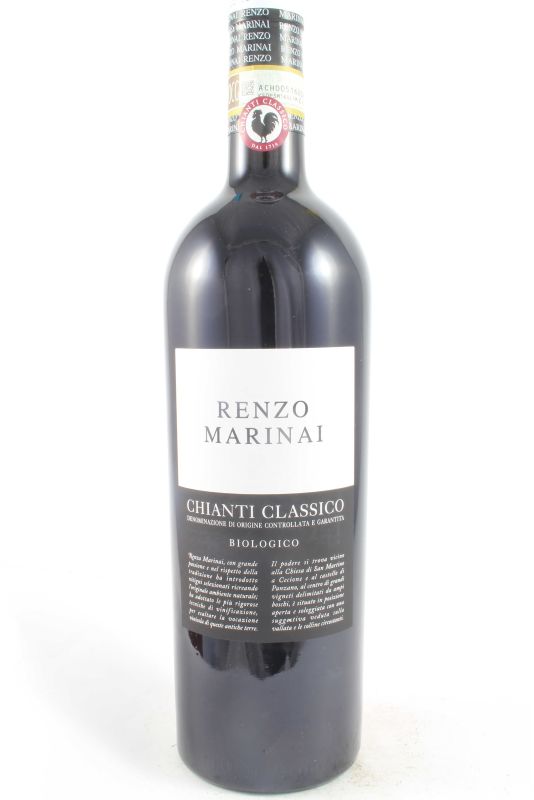



Cecione covers a surface area of approx. 30 hectares of land, of which 6 are vineyards, 12.50 are olive groves and cropland, while the rest are oak and holm groves. The land, situated 400 metres above sea level, is characterised by low-intensity cultivation (2.80x0.80). The soil is entirely marly. New vineyards were planted keeping the land level lines. Among the red grape varieties, Sangiovese is in first place, followed by Cabernet Sauvignon and Canaiolo, and by an autochthonous vineyard comprising Mammolo, Cilegiolo, Prugnolo, Colorino and round-leaved Sangiovese. White grapes include Trebbiano, Malvasia and Chardonnay. The hard wheat of the Cappelli variety stretches over 2 hectares, while the soft wheat of the Verna variety covers 1.5 hectares of land.
THE CELLAR
The cellar houses stainless steel tanks for the first and the second (malolactic) fermentation. There are also oak barrels with a capacity ranging from 5 to 20 hl, and an area reserved to small barrels (barriques) where reserve wines are left to age. All while Mozart's music in playing in the background.
Data sheet
L'azienda agricola Renzo Marinai è posizionata in uno dei più affascinanti scenari del Chianti, posta su una collina che sovrasta le valli ed i terreni circostanti. Il podere Cecione prende il nome dall'antica chiesa di San Martino a Cecione vicino al Castello di Panzano risalente all'anno 1600. Renzo Marinai è alla guida dell'azienda dal 1996, affiancato da due collaboratori, l'enologo Giovanni Cappelli e l'agronomo Fabrizio Balò, con i quali ha intrapreso un restyling totale del luogo, introducendo nuovi sistemi di coltivazione biologica. L'azienda si estende su circa 30 ettari di terreno, 6 coltivati a vigneto, 12,50 ad oliveto, mentre il
You might also like